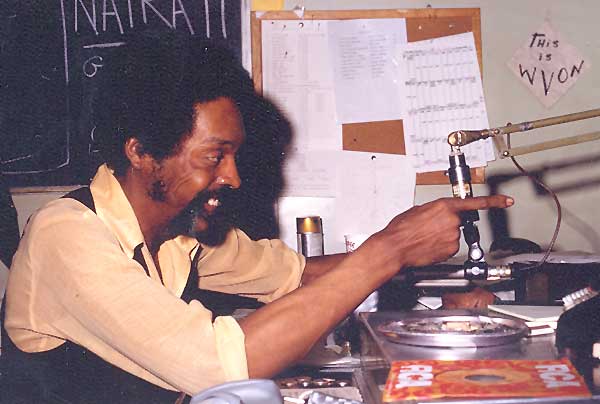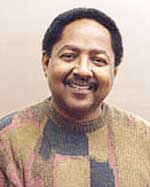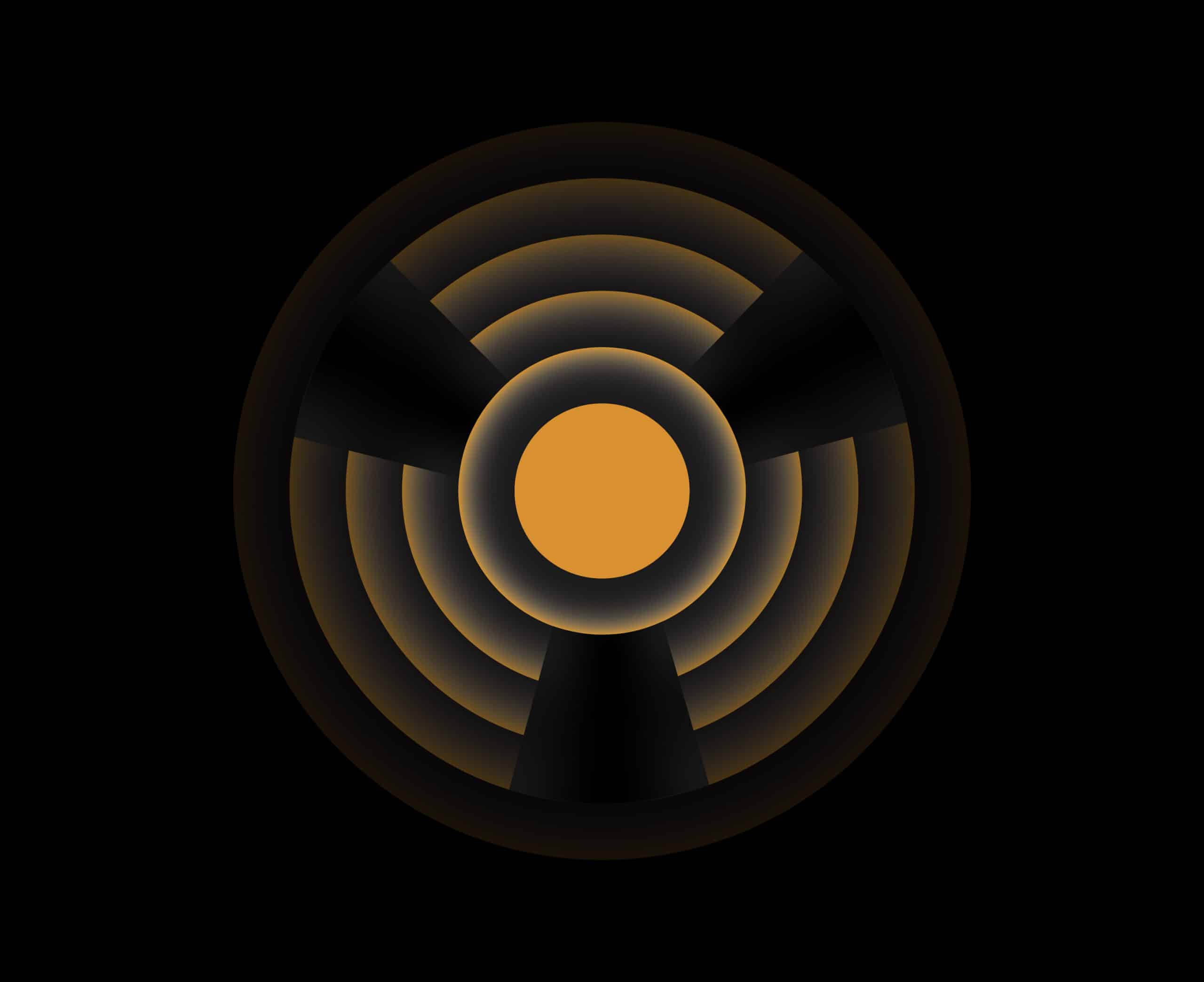The Greg Barman Collection
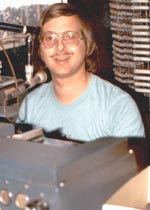
Greg Barman, DJ, WFLI 1976 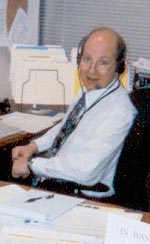
Greg Barman, Tech Recruiter, 2000 |
Greg Barman writes: "When I was a kid growing up in the Chicago suburb of Evanston, Illinois around 1960, WLS nighttime star Dick Biondi and his GM Gene Taylor both moved into the same townhouse complex as mine and right next to each other. Neither realized it until one day when they walked out of their homes at the same time! Having them as neighbors sparked my early interest in radio, and throughout high school and college I was a true radio freak and gathered a lot of aircheck tape. At Indiana University in Bloomington, Indiana I majored in Radio-TV/Journalism and spent a lot of time at the student carrier-current station WIUS. We actively sought ties to the "real" world of radio, and some great people like WIBC-WNAP/Indianapolis execs Jim Hilliard and George Johns and WAKY/Louisville PD Johnny Randolph came to Bloomington to visit us. After college I took a stab at the DJ life, doing mornings at WFLI/Chattanooga, Production Director at 15Q (WKVQ)/Knoxville and then overnights at WMEE/Ft Wayne, Indiana. Gradually I got the message I was not made out to be a star jock, so in 1977 I shifted to what became my real calling in radio - news. I was an anchor and reporter for large and respected newsrooms at WHO/Des Moines and WIRE/Indianapolis. Then in 1982 I moved to Denver where I had long been drawn by the skiing and mountain recreation lifestyle. I was also pretty tired of moving by then and vowed to stay in the Rockies no matter what. In Denver I was an anchor/reporter at KNUS, KHOW, and News Director at public radio KCFR-FM. I also did a short stint as a TV assignment Editor. As radio news started shrinking in the 80's I started looking for another career, but continued to do news part-time into the 90's at KBCO-FM and the legendary KOA/Denver. My combined experience in broadcasting and journalism was good preparation for work as a Recruiter/Headhunter for emerging technology industries. I became a Technical Recruiter for the Telecom industry in 1996 and I helped find and hire people for companies such as Qwest Communications. Even though radio lost so much individuality in the consolidations of the 80's and 90's, it's still a kind of magical medium for me and I treasure my work in it. My aircheck collection preserves some great memories of the industry that I loved to be part of." |
The Repository thanks Greg Barman for sharing!
Herb Kent recently turned 80 and as of this writing (March 2009) he is still on the air in Chicago on the weekends at WVAZ(FM). Kent was inducted into the National Radio Hall of Fame in 1995. He authored a book, “The Cool Gent: The Nine Lives of Radio Legend Herb Kent”.
Kent did his final radio broadcast Saturday morning October 22, 2016. He died that evening. He was 88.
[Description by contributor Greg Barman]
Cecil Hale started as a weekend DJ, gradually becoming fulltime on WVON, then assistant PD and assistant MD. His style was super-tight. This aircheck features Cecil on a rainy Saturday morning shift. Most of Ed Cook’s newscasts are telescoped out, and there are occasional skips in the aircheck either from tape dropout, or sometimes I had paused the tape. I recorded this in Evanston, IL about 20 miles from WVON, hence the occasionally noisy audio.Cecil Hale followed his radio work with a career in record promotion at Phonogram/Mercury records and as a VP at Capitol Records. As of 2009, he is a tenured professor at the City College of San Francisco.
[Description by Greg Barman]
While I was home on a holiday break from college, Bob Dearborn allowed me and another radio student to visit with him during his WCFL late night show, and he gave us this studio-recorded aircheck. The fidelity is superb.
It includes WCFL’s youth-targeted news called ‘Young Chicago’ with Mike Rollins and news from the Vietnam War era. After the show Bob had some coffee with us, told radio stories and gave us encouragement about the business. He was truly a helpful and gracious guy.
This was the first part of my three-part audio travelog created on a trip from Chicago to California and back in 1977.
My criteria for what I selected for all three parts of this composite was totally subjective: whatever caught my interest, either for being very good, very bad, or somehow representative of what passed thru the radio speaker on my trip.
The entire three parts are a BIG snapshot of mid-1977 radio.
The major markets demonstrated how AM top 40 was starting to feel the effects of the overall change in music, while FM rockers were starting to rise. Chicken-rockers were still alive on AM, though they were fading.
Medium market stations were taking cues from the major markets with lots of imitation. Small markets were a mix of automated stations, lots of local color, and plenty of beginning announcers.
Spencer Davis, KIOA Des Moines
Carol, KMGK Des Moines
Jefferson Stone, KGGO
KC14, KRNQ (Q-102)
KBEQ Kansas City
KY102 Kansas City
WHB Kansas City
Johnny Dolan
Art Hadley, KCMO Kansas City
KEWI Topeka KS,
KCJK-FM Junction City, Kansas
99KG KSKG Salina, KS
KSAL Salina, KS, KWHK
KRSL, KUPK
Van Winkles, KDZA, Pueblo
KIIQ, Don McCall KYSN
Robert E. Lee, Larry Taylor, KIMN Denver
KBPI, 96KX KXKX Denver CO
KHOW, Steve Campbell, CC McCartney KTLK Denver CO
KAZY, KADE, KRNW FM STEREO 97, Boulder CO
KTCL Fort Collins
Jerry Gephart, KRAE Cheyenne WY
KOWB Laramie WY, KTWO Casper WY
KDLY, KVOW, KMTN Jackson WY
KID Idaho Falls, KRXN Rexburg
KXRK, KBLI Blackfoot ID, K126
KTEE Idaho Falls, KUPI Peoria
KSEI Pocatella, KEEP Twin Falls, ID
K96, KMTW Twin Falls, ID
Brian Gregory KBOI Boise, ID
KSL Salt Lake City UT
KELK Elko NV
Palmer Stewart, KCBN Reno NV
KRLT South Lake Tahoe

